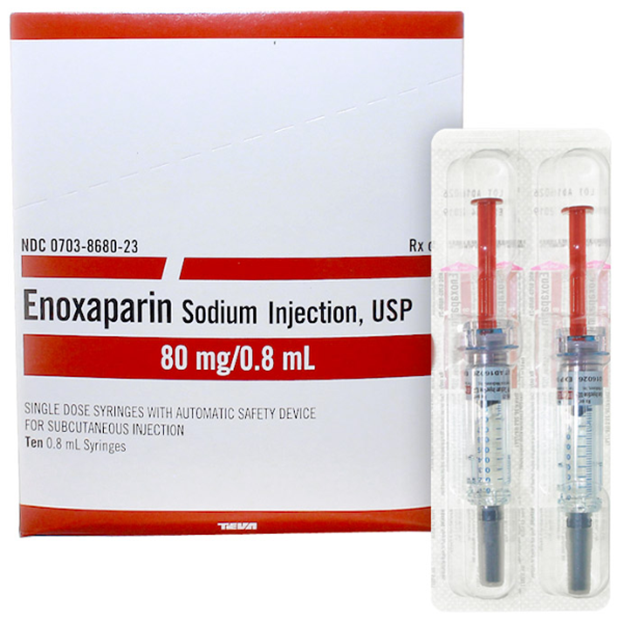Azithromycin is prescribed for a client with Chlamydia trachomatis. In providing client teaching about the medication, the nurse should emphasize the importance of reporting the onset of which symptom to the health care provider?
Flatulence and nausea.
Urinary frequency.
Yellow sclera.
Headache.
The Correct Answer is C
Choice A reason: Flatulence and nausea are common side effects of azithromycin, which is a macrolide antibiotic that inhibits bacterial protein synthesis. These symptoms are usually mild and transient, and do not require reporting to the health care provider unless they are severe or persistent.
Choice B reason: Urinary frequency is not a relevant symptom of azithromycin, which does not affect urinary function or bladder control. Urinary frequency may be caused by other factors, such as infection, diabetes, or pregnancy.
Choice C reason: Yellow sclera is a serious symptom of azithromycin, which indicates liver damage or jaundice. Azithromycin can cause hepatotoxicity, which is a rare but potentially fatal adverse reaction. Yellow sclera should be reported to the health care provider immediately, as it may require discontinuation of the medication and liver function tests.
Choice D reason: Headache is a common side effect of azithromycin, which is a macrolide antibiotic that inhibits bacterial protein synthesis. This symptom is usually mild and transient, and does not require reporting to the health care provider unless it is severe or persistent.
Nursing Test Bank
Naxlex Comprehensive Predictor Exams
Related Questions
Correct Answer is ["0.8"]
Explanation
The correct answer is 0.8 mL.
To find the answer, we can use the following formula:
(mg of medication ordered / mg of medication per mL) = mL to administer
Substituting the values from the question, we get:
(80 mg / 60 mg per 0.6 mL) = 0.8 mL
Therefore, the nurse should administer 0.8 mL of enoxaparin sodium injection.

Correct Answer is B
Explanation
Choice A reason: Hard candy can be used for a dry mouth, which is a common side effect of St. John's wort.
Choice B reason: Another form of contraception is needed, because St. John's wort can reduce the effectiveness of oral contraceptives and increase the risk of unplanned pregnancy. This information requires further instruction from the nurse.

Choice C reason: Insomnia may occur while taking the medication, which is another possible side effect of St. John's wort. The client should be advised to take the medication in the morning or afternoon, and avoid caffeine and alcohol.
Choice D reason: Sensitivity to the sun can develop, which is a rare but serious side effect of St. John's wort. The client should be instructed to wear sunscreen and protective clothing when exposed to sunlight.
Whether you are a student looking to ace your exams or a practicing nurse seeking to enhance your expertise , our nursing education contents will empower you with the confidence and competence to make a difference in the lives of patients and become a respected leader in the healthcare field.
Visit Naxlex, invest in your future and unlock endless possibilities with our unparalleled nursing education contents today
Report Wrong Answer on the Current Question
Do you disagree with the answer? If yes, what is your expected answer? Explain.
Kindly be descriptive with the issue you are facing.
